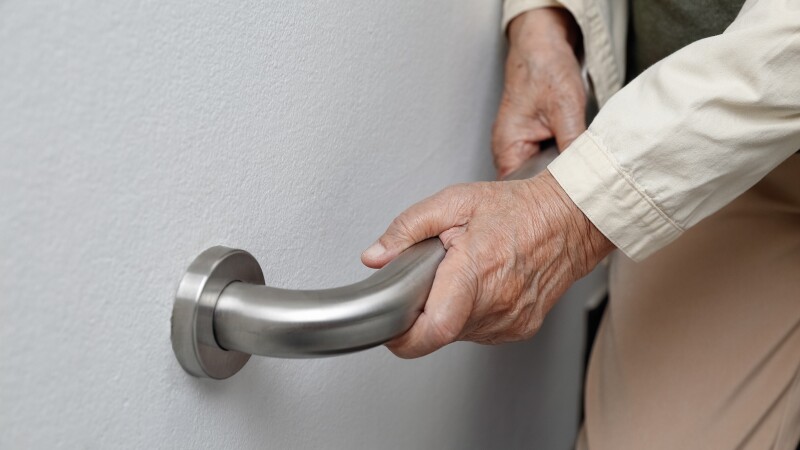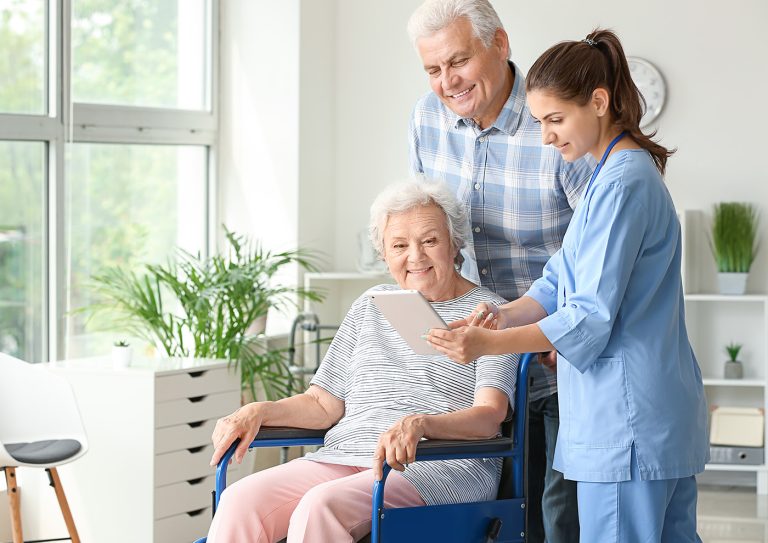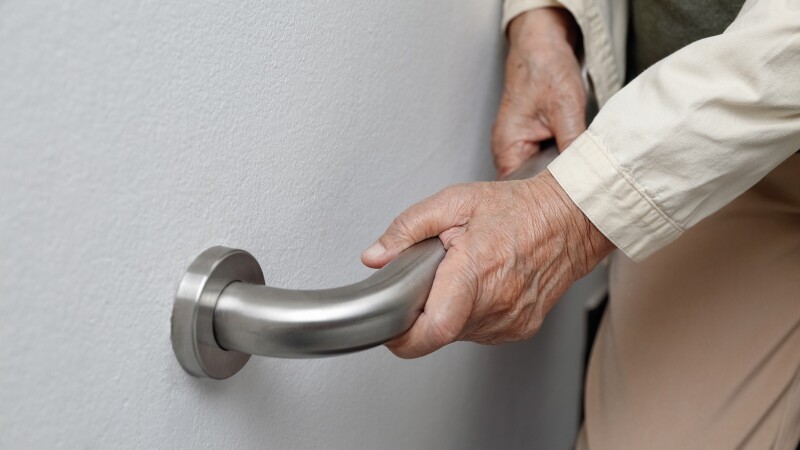As individuals age, maintaining safety becomes a crucial part of daily life. One of the key considerations for ensuring the well-being of our elderly loved ones is the use of hip protectors for seniors. These protective garments are designed to reduce the risk of hip fractures, which are a common and serious issue for older adults. In this article, we will explore the importance of hip protectors, their benefits, and how to choose the right ones for your loved ones.

Why Hip Protectors are Essential for Seniors
Falls are one of the leading causes of injury among seniors. According to the Centers for Disease Control and Prevention (CDC), more than one out of four older adults falls each year. The consequences of these falls can be severe, often resulting in hip fractures that can lead to a decline in mobility and independence. This is where hip protectors come into play.
The Role of Hip Protectors in Fall Prevention
Hip protectors are specifically designed to absorb and distribute the force of a fall, reducing the impact on the hip bones. They offer a layer of protection that can significantly decrease the likelihood of a fracture. This makes them an invaluable tool for family caregivers who want to ensure the safety of their elderly relatives.
Choosing the Right Hip Protectors for Seniors
When selecting hip protectors, it’s important to consider factors such as comfort, fit, and ease of use. Seniors are more likely to wear these protectors consistently if they are comfortable and do not restrict movement. Look for options that are breathable and lightweight, yet sturdy enough to provide adequate protection.
Types of Hip Protectors
There are various types of hip protectors available on the market, including padded underwear and external shields. Padded underwear is discreet and can be worn under clothing, making it a popular choice for daily use. External shields, on the other hand, offer robust protection and are typically used in high-risk situations.
Integrating Hip Protectors into Daily Life
Incorporating the use of hip protectors into the daily routine of seniors can greatly enhance their safety. It is essential to educate them about the benefits of wearing these protectors and to ensure they are comfortable with putting them on and taking them off. Regular checks for wear and tear should also be conducted to maintain their effectiveness.
Additional Safety Measures for Seniors
In addition to using hip protectors, there are several other measures that can be taken to create a safe living environment for seniors. This includes removing trip hazards, installing grab bars in bathrooms, and ensuring adequate lighting throughout the home. For more tips on safety, you can visit elderly home safety.
Understanding the Benefits of Hip Protectors
The primary benefit of hip protectors is the reduction in the risk of hip fractures. However, they also offer psychological benefits by providing seniors with a sense of security and confidence. Knowing that they have an added layer of protection can encourage more active and independent living.
Overcoming Barriers to Use
Despite their benefits, some seniors may be resistant to wearing hip protectors due to concerns about appearance or discomfort. It is important to address these concerns by selecting protectors that are both comfortable and discreet. Demonstrating the ease of use and highlighting the protective benefits can also help in overcoming resistance.

FAQs About Hip Protectors for Seniors
Q: How do hip protectors work?
A: Hip protectors work by absorbing and distributing the impact of a fall, reducing the force on the hip bones and lowering the risk of fractures.
Q: Are hip protectors comfortable to wear?
A: Yes, many modern hip protectors are designed to be lightweight and breathable, ensuring comfort for daily wear.
Q: Can hip protectors be worn under clothing?
A: Yes, padded underwear style hip protectors are designed to be worn discreetly under clothing, making them suitable for everyday use.
In conclusion, the use of hip protectors for seniors is a proactive step in safeguarding the health and well-being of our elderly loved ones. By choosing the right protectors and integrating them into daily life, we can help prevent serious injuries and support a more active and independent lifestyle for seniors. For more information on creating a safe environment for the elderly, refer to senior-proofing the home.
This article contains affiliate links. We may earn a commission at no extra cost to you.






